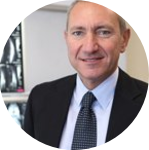About This Project
Removed
Ask the Scientists
Join The DiscussionWhat is the context of this research?
Removed
What is the significance of this project?
Removed
What are the goals of the project?
Removed
Budget
Please wait...
Removed
Lab Notes
Nothing posted yet.
Project Backers
- 7Backers
- 11%Funded
- $593Total Donations
- $84.71Average Donation
Please wait...

